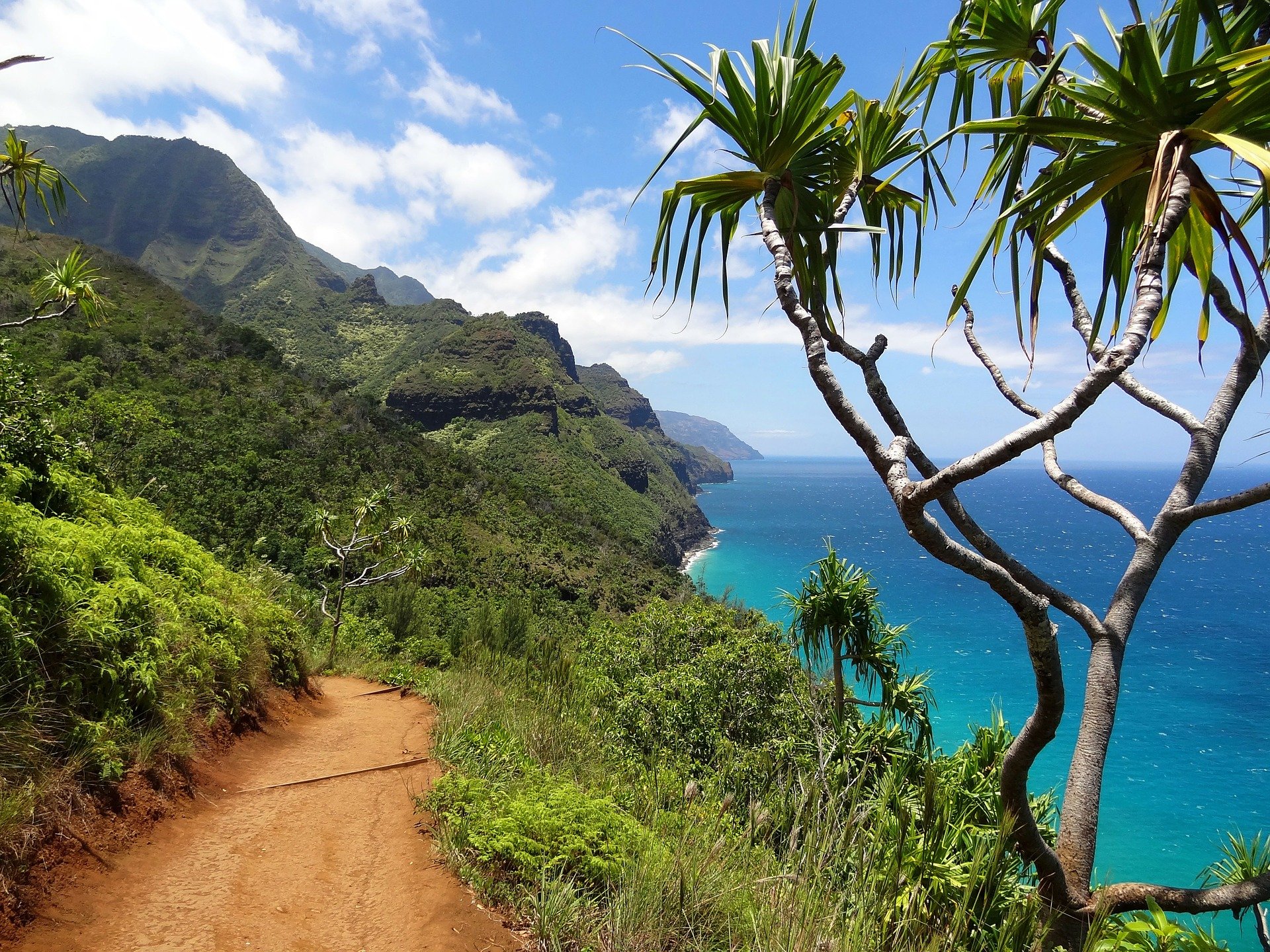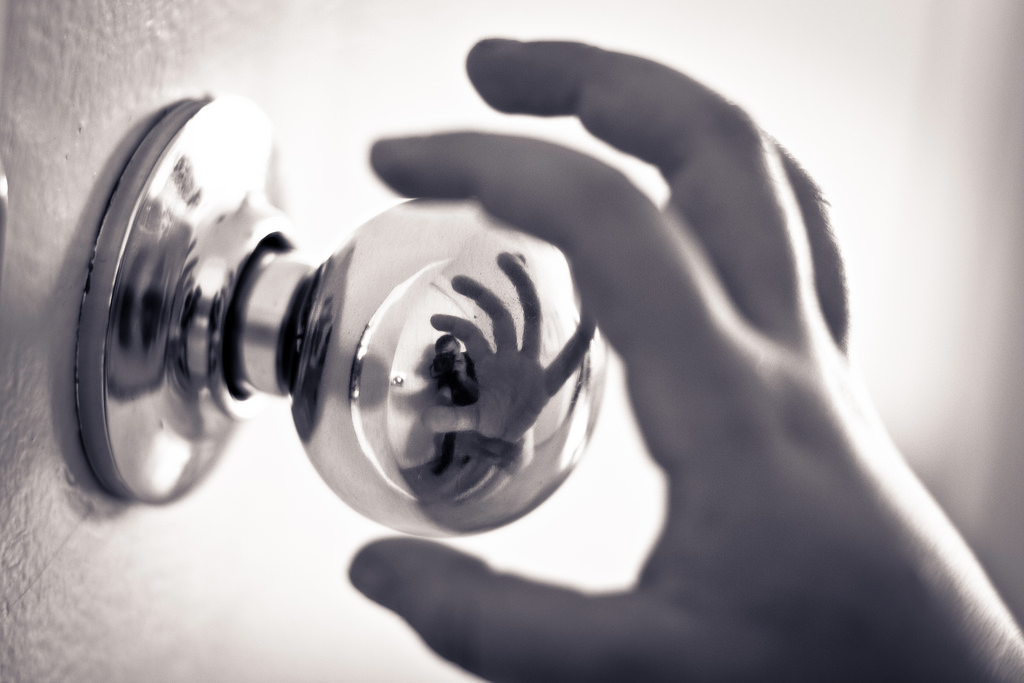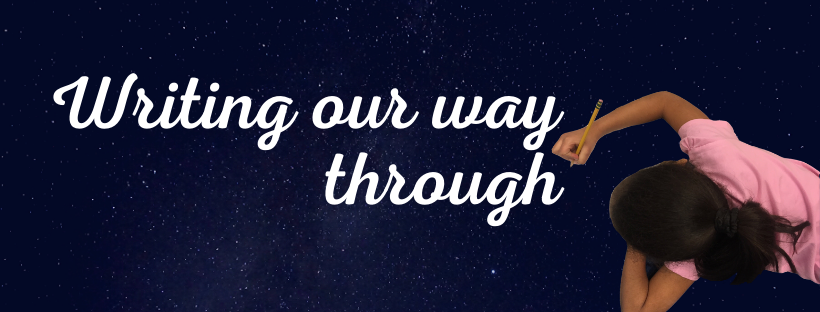Teachers are keepers of names. Some corner of my brain is cluttered with Alexanders and Amanis and Keanus and Kylies. That first day of school, working down the roster, teachers wield a great appellative power; how many Pomaikaimaikekukunaokalamekahos who go by Po, Zhijias who go by Roy, Shar’lynnruths who go by Shari? Epic young people, abbreviating themselves, smoothing out syllables so nothing catches in the throat, renaming themselves because they know from experience that the classroom is an arm of colonization and white supremacy. Then there are the Heavens who go by Oliver, the Liana Reyes-Solanos who go by Liana Solano, the Davids who go by Sunny, for whom the name on the roster is an unshakeable weight, renaming themselves an act of great vulnerability and bravery. All this to say: the names we are given, the names we give ourselves, the names society gives us, are powerful kindling for poetry.
I teach a high school creative writing class, with students spanning from 9th to 12th grade, from those who carry a full draft of a novel in their backpack to those who think writing is boring but need an English elective to graduate. But across the board, when students are prompted to dig into their many identities and the names that encompass them, they find their voices in new ways. My favorite piece to get students thinking and writing about names is “Choosing My Name” by Puanani Burgess, an indigenous activist in Hawai’i. She writes:
When I was born my mother gave me three names:
Christanbelle, Yoshie, and Puanani.Christanbelle was my “english” name.
My social security name,
My school name,
the name I gave when teachers asked me
for my “real” name, a safe name.Yoshie was my home name,
My everyday name,
the name that reminded my father’s family
that I was Japanese, even though
my nose, hips, and feet were wide,
the name that made me acceptable to them
who called my Hawaiian mother kuroi (black),
a saving name.Puanani is my chosen name,
My piko name connecting me to the ‘āina
and the kai and the po‘e kahiko
my blessing; my burden,
my amulet, my spear.
As we read through the poem as a class, we discuss the power that names have. To ease students in, I ask: “Have you ever felt like you had to be a different version of yourself around different people?” Inevitably, I am greeted with a sea of nods. Students share about the way they loosen up around their friends, tighten up around their tutu, speak “proper” English at school but let loose on the beach. To which I respond, “What do you mean, ‘proper’ English?” Students share about their parents’ insistence that they “talk straight” at school so they can get a job. “But then, when do you feel most yourself?” They pause; one student tentatively admits feeling the most ‘themselves’ when they are outside, on the fishing boat, speaking pidgin with their uncles. “So, how could this connect to why the author puts the word ‘real’ in quotation marks?” The class begins to realize that the name Christanbelle isn’t actually real to the author, it is just more palatable to those around her; students often point out the irony in the word “safe” here — while the westernized name feels safer to those asking for it, the author feels safest within her chosen name, Puanani. I ask: “What do the author’s three names represent for her?” We take it stanza by stanza, guiding our discussion by identifying what force seems to be doing the “naming” in each section. In stanza two, it is society; in stanza three, family and friends; in stanza four, the author herself.
As I annotate the poem on the whiteboard, it comes into focus that the poem is shaped almost like an upside-down triangle, with the first of her three names being the most external and false, and the last being the most intimate and true. After we have determined the shape of the poem, I ask students why they think Burgess ascends into ‘ōlelo Hawai’i in the final lines. Students make the connection that the name Puanani grounds the author in her culture. Just as my students mentioned feeling when they are beyond the four walls of school and out on the land, when the author embraces the part of herself that defies the boxes, her language becomes more authentic and free. One of my favorite strategies for teaching poetry is to save the title for last. So finally, I pose the question: “What do you think the title means? ‘Choosing My Name?’ What could it mean to choose a name for yourself?” Our conversations are always rich, honing in on the ways names can both oppress and liberate us.
Students then make a thought map in which they delineate the different “versions” of themselves, their truths and masks. While I leave the format open, many students choose to shape their thought map after the upside-down triangle we discussed in class, laying out the names and identities they take on to appease society, their families, and themselves. This often leads to a conversation about code-switching as students reflect on the many names they carry. Students work independently during this part of the lesson, but the process always sparks conversation. My high schoolers, never ceasing to amaze me, come to the complex and somewhat unsatisfying inference that even the names we despise are a part of our story, and maybe by sharing that story, we can inspire others to peel back their layers of self, too. Once, a student described this activity as looking into “one of those messed up mirrors that stretch your body out.” I cannot think of a more apt analogy. What is writing but the attempt to navigate a funhouse full of warped perspectives and arrive at some nugget of truth, however small?
After creating their brainstorm thought map, students use Burgess’s poem as a model text and author their own version. The results are always stunning:
Choosing My Name
When I was born my mother gave me three names.
Zine, Jiratchaya, and her greatest blessing.
Zine was my “American” name.
My effortless name. My harmless name.
The name I gave when anyone I met ever asked
For my manageable name, a safe name.Jiratchaya was my birth name.
My most butchered name.
My “say that again” name.
My “wait… where are you from?” name.
My “spell that out for me” name.
The name that reminded me of my uniqueness.
Reminded me that I was one of a kind.
Reminded me that I was Thai.“My greatest blessing” was my favorite name.
My home name.
Connecting me to my mother’s never-ending love.
And the culture I was raised into.
And the infinite support from my mother.
My blessing; my hope,
My heart; my forever.
Choosing My Name
When I was born my parents gave me three names.
Xann, Wilson and Lilinoe. Xann is my middle name
My Aunty Maile’s name sake
My movie name
Although I’ve never watched Xanadoo
My Anake is with me always. Wilson is my last name.
My no meaning name
My legal name
The name that reminded of a white man who
I didn’t consider my grandfather
Reminded me that I was never going to be like him. Lilinoe was my foundation name.
My Hawaiian name
Connecting me to my kupuna
And the mauna and the ua
My blessing; my burden,
My kumupa’a, my ka wa mahope
Through this lesson, students are emboldened to reflect on how their names tell their stories — in a simultaneity of beauty and brokenness. In our names, the quibbling streams of personal identity run into the river of shared history; through writing that hinges on the intense specificity of naming places, naming spaces, naming faces, we call out something universal.
Burgess, Puanani. “Choosing My Name.” Growing Up Local: An Anthology of Poetry and Prose from Hawaiʻi, edited by Eric Chock, James R. Harstad, Darrell H.Y. Lum, Bill Teter. Bamboo Ridge Press, 1998, 278.
Madison Stuart is a high school English and Creative Writing teacher on the island of Hawai'i. She is passionate about decolonizing and indigenizing curriculum, and believes that the stories we tell, the stories we teach, and the stories we awaken in others are the most powerful force we have. More of her writing can be found at the Academy of American Poets, the Minnesota English Journal, and the English in Education Journal.



